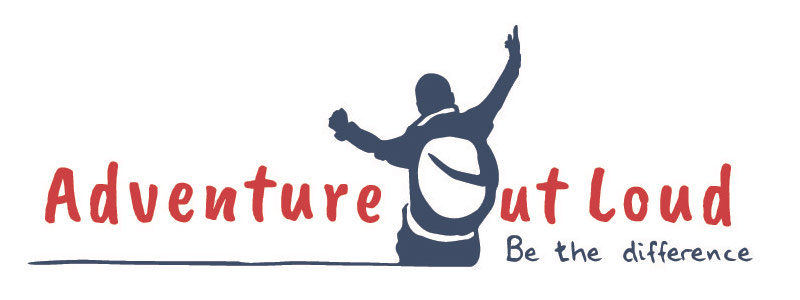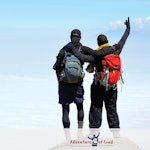ALL-INCLUSIVE PACKAGE
: FROM USD $2,500pp
APPROXIMATE PRICING:
|
# TREKKERS
|
From USD per person
|
|
2025
|
2026
|
2027
|
|
1 pax
|
$3,500
|
$3,675
|
$3,860
|
|
2 - 4 pax
|
$3,000
|
$3,150
|
$3,310
|
|
5 - 7 pax
|
$2,700
|
$2,835
|
$3,000
|
|
8 - 10 pax
|
$2,600
|
$2,730
|
$2,870
|
|
10+ pax
|
$2,500
|
$2,625
|
$2,760
|
PAYMENT OPTIONS
To make it easy for you to pay for your trip, we usually split your trip cost into four instalments.
- 25% within 14 days of registering (to secure accommodation and permits)
- 25% by _____
- 25% by _____
- Remainder 60 days before departure
If you are booking last minute, or if you prefer monthly payments, we can discuss options when you book.
INCLUDED
When you adventure with us, we make it easy by covering all of your non-personal in-country expenses. We aim to be transparent and a comprehensive list of inclusions for each day of your trip can be found in the ITINERARY section. Optional extras are clearly outlined in your itinerary and on your invoice, and during your trip, our guides will notify you if anything you've requested incurs an additional charge.
NOT INCLUDED
Below are a list of exclusions that are relevant for all tours:
- Flights:
- Instructions are provided in the Tasks section after you register to help you book flights.
- Insurance:
- Travel insurance is compulsory and instructions are provided in the Tasks section after you register.
- Visas:
- You will be required to obtain your own visas. Instructions are provided in the Tasks section after you register.
- Personal spending money:
- We recommend you allow US$30 - $50pp/day to cover souvenirs, laundry, alcohol, optional activities, other personal costs, visas & tips
- Single supplement:
- Available as an optional extra before departure
- Optional activities
DIETARY REQUIREMENTS
We can cater for most food allergies or preferences, simply let us know when completing your medical form.
HOW TO REGISTER/BOOK
Simply click the BUTTON in the footer below. Once registered, you will have 14 days to pay your deposit which will guarantee your spot on this adventure.
See full terms and conditions here.



 FROM USD $2,500pp
FROM USD $2,500pp





































